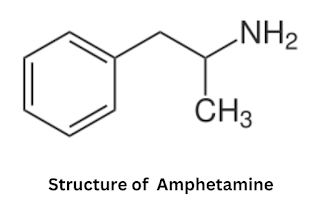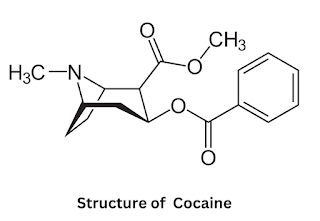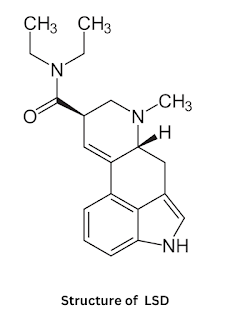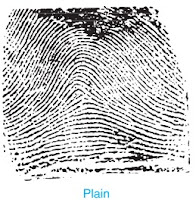Classification of Controlled Substance
Based on origin
Based on their origin, drugs of abuse can be classified into the following three categories:
1. Natural Drugs
Drugs that are obtained from plants and require little or no processing at all are known as natural drugs. Eg: Cannabis, opium, coca paste, etc.
2. Semi-synthetic Drugs
Drugs that are obtained from plants but undergo the same chemical process are known as semi-synthetic drugs. Eg: Heroin, Cocaine, etc.
3. Synthetic Drugs
Drugs that are synthesized absolutely through a chemical process are known as synthetic drugs. Eg: Amhetamine, diazepam, etc.
Based on their use
Based on the purpose of their use, different drugs can be classified into the following categories:
1. Therapeutic Drugs
Drugs that have a certain therapeutic effect in terms of healing and prevention of certain diseases are known as therapeutic drugs. They are further classified into four categories:
(i) Analgesics and Antipyretics
Drugs that are used to relieve or decrease pain without the loss of consciousness are called Analgesics. Eg: Aspirin, novalgin, etc.
Drugs that are used to reduce body temperature are called antipyretics. Eg: Paracetamol, Aspirin, etc.
(ii) Anti-allergic/ Antihistamines
Drugs that are used to treat allergies by preventing the effects of a substance (histamine) are known as antihistamines. Eg: Fexofenadine, etc.
(iii) Antidepressants
Drugs that are used in a psychiatric disorder to treat depression are known as antidepressants. They have an initial sedative effect which is followed by an antidepressant effect within a week or more. Eg: Imipramine, Amitriptyline, etc.
(iv) Tranquilizers
Drugs that are used for psycho-therapeutic purposes like relieving stress, anxiety, and mental disturbance are known as tranquilizers. Eg: Barbituric acid, Diazepam, etc.
2. Psychoactive Drugs
Drugs that are psychotropic and primarily act on the central nervous system (CNS) affect the function of the brain, which results in changes in perception, mood, consciousness, and behavior are known as psychoactive drugs.
Psychoactive drugs can be classified into several groups based on their pharmacological effects:
1. Narcotics
Drugs that act on the central nervous system and bring relief from pain and produce sleep are known as Narcotics. For Eg: Opium, Morphine, Heroin, Codiene, etc.
(i) Morphine
Morphine is obtained from raw opium which is 3 to 5 times stronger than opium. It is usually administered by injection which results in a euphoric state with a sleepy and relaxed appearance in the user.
(ii) Heroin
Heroin is also known as diacetylmorphine which is a white crystalline powder. It is synthesized by adding two acetyl groups to the morphine. It is 10-15 times stronger than morphine. Its impure form is called brown sugar. It is administered through sniffing (nose).
(iii) Codeine
It is a derivative of morphine. It acts as a base constituent in most of the pain relievers and cough remedies.
2. Stimulants
Drugs stimulate the mental condition of the user which leads to euphoria but does not affect the perception. Eg: Caffeine, nicotine, cocaine, etc.
(i) Amphetamine
It is injected into the bloodstream which induces the sensation of a "rush" followed by an intense feeling of pleasure, euphoria, and clarity of vision.
(ii) Cocaine
It is also a powerful stimulant that produces similar effects as that amphetamines. It is generally sniffed and is absorbed into the body by the nasal mucous membrane. "crack" is another form of cocaine which is a mixture of cocaine, baking soda, and water.
3. Depressants
They are mild sedatives that have relaxing and anxiety-reducing capabilities. It induces changes in perception coupled with euphoric feelings. Eg: Alcoholic beverages, Barbiturates.
4. Hallucinogens
They produce effects like depersonalization (a sense of not being real), erratic behavior, and increased blood pressure and heart rate. Eg: Lysergic acid diethylamide (LSD), ketamine, etc.
5. LSD (Lysergic acid diethylamide)
LSD is synthesized from lysergic acid which is a substance derived from ergot (a fungus). LSD is a very potent drug, only 25 micrograms are sufficient to start visual hallucinogens that may last up to 12 hours. This drug alters mood which may result in laughing and crying even at the mildest provocation.








